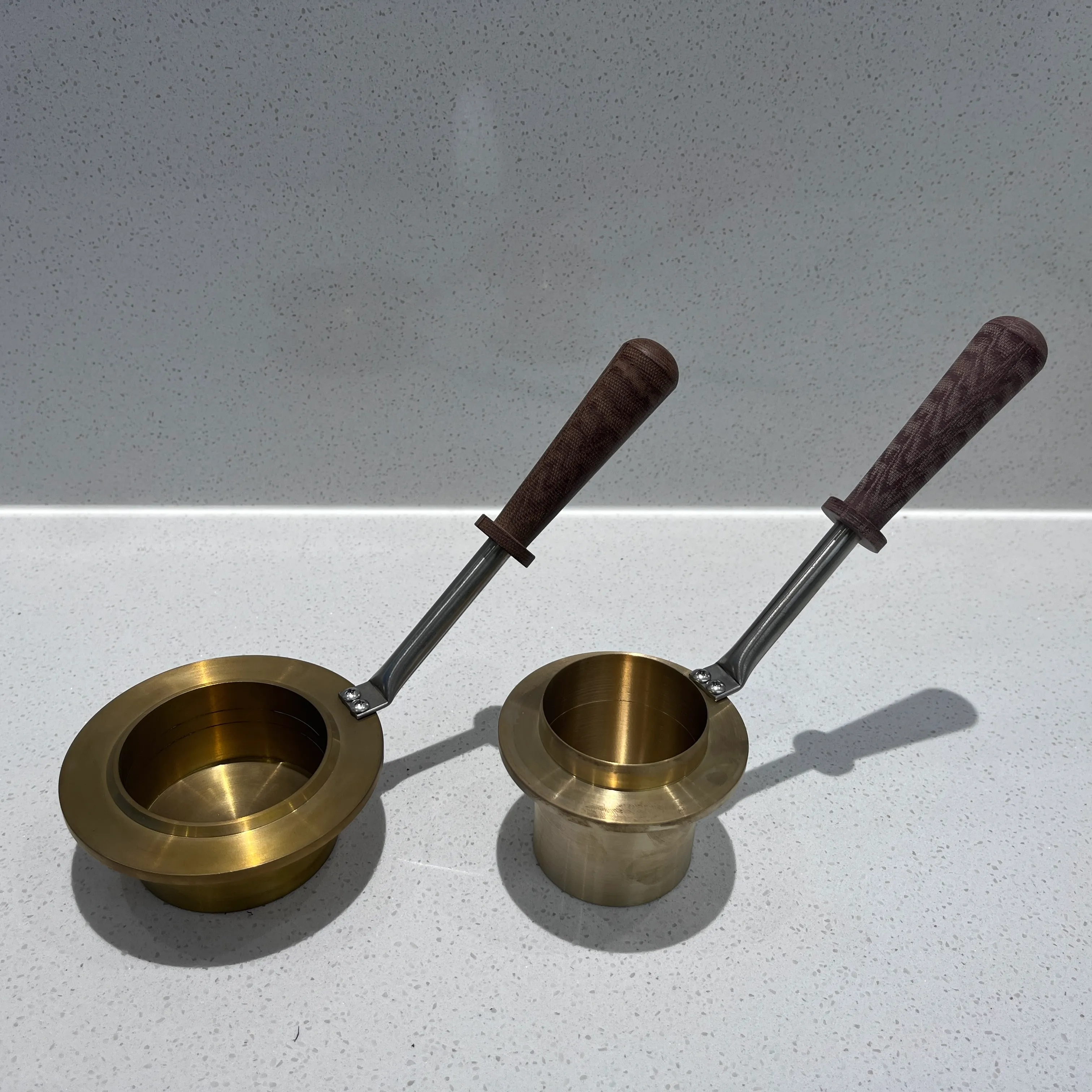 English
English


dielectric loss factor
Understanding Dielectric Loss Factor Implications and Applications
The dielectric loss factor is a crucial parameter in the study of dielectric materials, particularly in the context of electrical engineering and material science. It quantifies the energy dissipation in a dielectric material when exposed to an alternating electric field. This energy loss occurs due to various mechanisms, including polarization, which is the alignment of dipole moments within the dielectric material. Understanding the dielectric loss factor is essential for optimizing materials for various applications such as capacitors, insulators, and high-frequency transmission lines.
Dielectric materials are insulators that can store and dissipate electrical energy when subjected to an electric field. The dielectric loss factor, often represented by the symbol tan δ (tangent delta), is a dimensionless value that represents the ratio of the loss of energy (real power) to the stored energy (reactive power). In practical terms, a higher dielectric loss factor indicates that more energy is lost as heat during operation, which can lead to inefficiencies in electrical devices.
One of the primary mechanisms contributing to dielectric loss is the relaxation process, where dipolar molecules in a dielectric material take time to realign with the changing electric field. This lag leads to energy being lost as heat, increasing the dielectric loss factor. The frequency of the applied electric field significantly influences this behavior—typically, at lower frequencies, the dielectric loss factor is higher due to the slower response of dipoles, while at higher frequencies, the dissipation may decrease as the materials become less responsive.
dielectric loss factor

The dielectric loss factor is particularly important in high-frequency applications, such as in microwave circuits and telecommunications. For instance, in designing circuits for mobile phones or satellite communications, materials with low dielectric loss are preferred to ensure minimal energy dissipation and optimal signal integrity. High dielectric losses can lead to overheating, reduced efficiency, and ultimately failure of the devices.
Moreover, the dielectric loss factor is significant in the development of insulating materials for power transmission and distribution systems. Ensuring low dielectric loss in such materials can improve the overall energy efficiency of power grids, reducing operational costs and enhancing reliability. This is particularly vital as the demand for electrical energy continues to rise globally.
In the realm of advanced materials, research continues to focus on developing composites and polymers with tailored dielectric properties. Innovations in nanotechnology, for example, have led to the creation of materials that exhibit lower dielectric loss factors while maintaining excellent mechanical properties. These advancements not only improve the performance of existing devices but also open new avenues for future technologies such as flexible electronics and energy-efficient systems.
In conclusion, the dielectric loss factor is a key parameter that plays a vital role in the performance and efficiency of dielectric materials in various applications. Understanding and optimizing this factor enables engineers and scientists to design better electrical systems, contribute to energy savings, and develop innovative materials for the future. As technology progresses, the emphasis on low-loss dielectric materials will be critical in meeting our energy demands sustainably and efficiently.
-
Differences between open cup flash point tester and closed cup flash point testerNewsOct.31,2024
-
The Reliable Load Tap ChangerNewsOct.23,2024
-
The Essential Guide to Hipot TestersNewsOct.23,2024
-
The Digital Insulation TesterNewsOct.23,2024
-
The Best Earth Loop Impedance Tester for SaleNewsOct.23,2024
-
Tan Delta Tester--The Essential Tool for Electrical Insulation TestingNewsOct.23,2024





